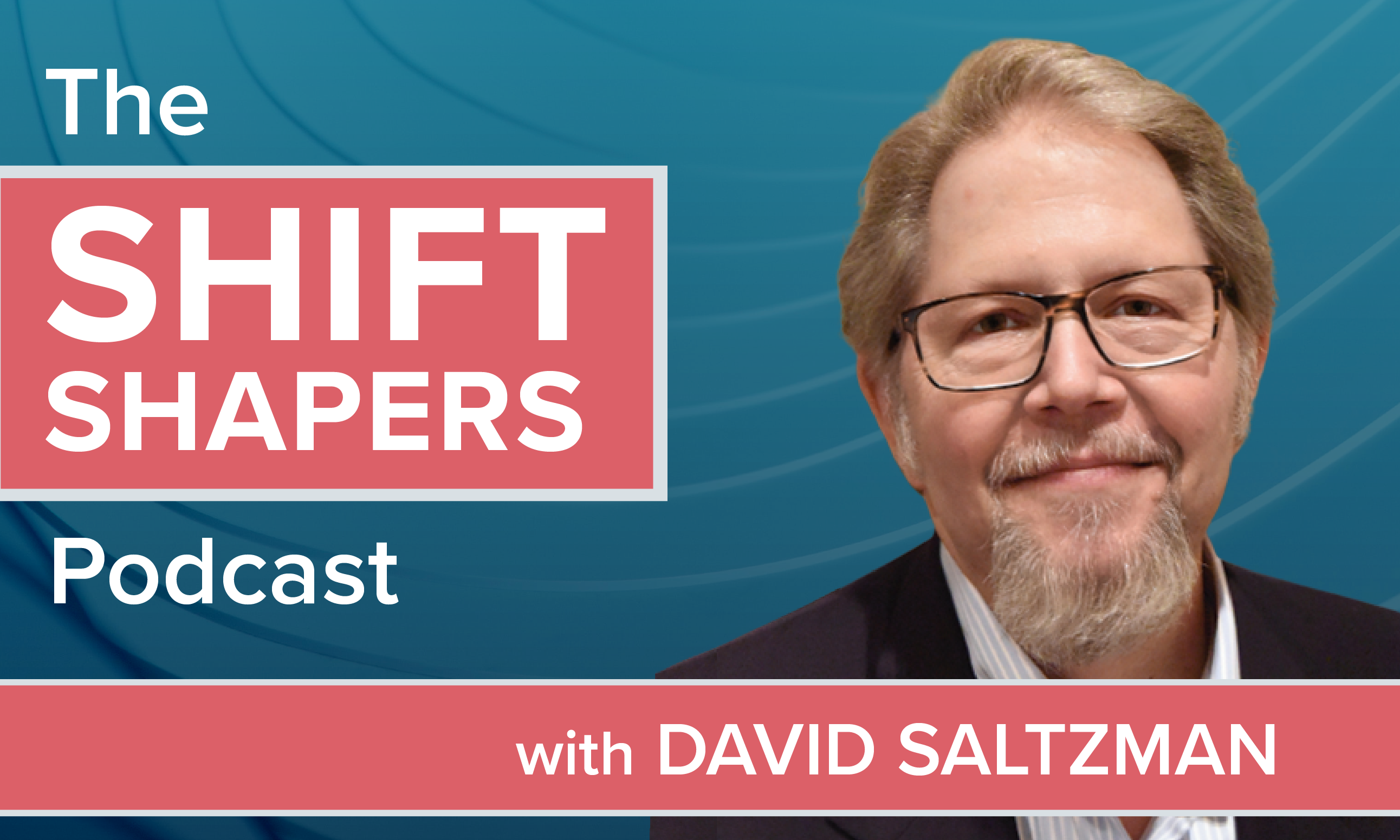 As Americans battle burdensomedebt, rising medical costs, monthly budget shortfalls and othermoney issues, employers are recognizing those problems aredistracting employees and diminishing productivity. It'sone reason why more benefits advisors and their clients areintroducing or improving financial wellness programs to helpemployees get on target financially.
As Americans battle burdensomedebt, rising medical costs, monthly budget shortfalls and othermoney issues, employers are recognizing those problems aredistracting employees and diminishing productivity. It'sone reason why more benefits advisors and their clients areintroducing or improving financial wellness programs to helpemployees get on target financially.
Nearly 2 in 3 employers (64 percent)report that helping employees improve their financial wellness ismore important to their organization than it was two years ago,according to new research by Alight Solutions, a global provider ofhuman resource programs. Moreover, 82 percent of companies thatoffer a financial wellness program say, “it's the right thing todo.”
|But talking about financial wellness isone thing; actually doing something to improve it is another.Employers are looking for help from benefits brokers, consultantsand financial advisors to figure out how to get started and helpmake financial wellness pay off.
|Related: 5 decisions that can threaten financialwellness
|Establishing an effective financialwellness program starts with a simple three step process: assessingemployees' needs, creating multiple launch points for the program,and measuring and refining the program to obtain the desiredresults. What follows is a checklist to helpguide employers and their advisors when implementing a financialwellness program.
|Step 1: Assess employeeneeds
Like any program created for employees,success is achieved if and only if employees actually make use ofit. That takes employee engagement. It also takes analysis.
|Employers and their benefits advisorsneed to ask if the current benefits plan or wellness program ismeeting the needs and priorities of every segment of the workforce.Chances are, somebody may be left behind.
|Employers need to analyze theirretirement plan data for insights into plan participation and howemployees are utilizing or underutilizing their plan. Anunderutilized retirement savings plan may leave employeesunprepared to retire when they would like to and may ultimatelycost employers more for health care benefits, workers'compensation, and disability insurance for older employees whomay lack the resources to retire.
|But retirement is only the start.Employees' broader financial needs may be different and continuallychanging based on their age, life stage and family situation.Employers need to survey employees to better understand theirpressing financial needs and priorities, their education andinformational needs, and any roadblocks that may be keeping themfrom participating fully in their retirement and benefits plans.The assessment may uncover opportunities to make an employer'sfinancial wellness program more relevant and valuable to everygeneration in the workforce.
|Step 2: Create multiple launchpoints
Each employee must be addressed as anindividual whose financial needs and path to financial wellness canbe distinctly different from other employees, even those of asimilar age or life stage. For instance, not all employees may beprepared to tackle saving for retirement at the same time or in thesame way. That's why offering multiple access points to a financialwellness program may increase opportunities to participate and,ultimately, encourage healthy financial behaviors.
|A multi-channel approach that meetsparticipants at their particular life stage, in their preferred communication style, and at their ownlevel of knowledge is best.. For instance, breaking down the keymilestones for retirement readiness into actionable steps thatbuild knowledge and confidence over time can encourage employees tonot only start saving, but to keep at it over time.
|Whether the focus is retirement savingsor the broader goal of financial wellness, it may help to paireducation with easy-to-access and use tools to help employees tracktheir own progress. Online educational tools that provide a gameplan for each step of an employee's financial life may be the mostuseful.
|Step 3: Measure andrefine
But are an employer's efforts to boostfinancial wellness paying off? Is the plan valuable to both thebusiness and its employees? A well-designed financial wellness planmay reduce employer's long-term costs by ameliorating employees'distracting financial problems and helping them retire when theydesire. But it's important to set reasonable expectations and toestablish benchmarks for gauging a program's effectiveness.
|Determine the metrics to track anddetermine the success of each component of the program, definingthe value of the different benefits to employees and theorganization. That means establishing reasonable, attainable goals.One goal, for instance, might be for an employer to reducelong-term health costs.
|Employers need to understand thebottom-line impact of employees who are financially stressed andunable to retire on time. The best retirement plan providers havethe ability to quantify the potential cost of a workforce thatisn't on the path to retirement readiness, including eachindividual employer's data.
|As in most team environments, thesuccess of one teammate can beget the success of others.Encouraging employees who make use of the financial wellnessbenefits and tools to share their successes and express their ideasand opinions can be contagious. Their feedback may provide valuableinput to improve the plan. It also can provide a powerful motivatorfor other employees to take greater advantage of what an employerhas to offer.
|Success requiresreflection
An employee-driven financial wellnessprogram — one that helps workers better manage their financialresources and plan for the future — should reflect employee demographics. That takes acomprehensive set of tools, resources and education to connect withemployees wherever they may be on their financial journey. Thosetools and resources should make it easier for employees to engageand take action.
|Once employees can start solving theirshorter-term financial problems — be it budgeting, covering medicalexpenses, reducing debt or other problems — they can begin to focuson longer-term financial security. And that's theultimate destination on the path towards financial wellness.
|Thomas Foster Jr. is head of strategicrelationships for retirement plans for Massachusetts Mutual LifeInsurance Co. (MassMutual).
Complete your profile to continue reading and get FREE access to BenefitsPRO, part of your ALM digital membership.
Your access to unlimited BenefitsPRO content isn’t changing.
Once you are an ALM digital member, you’ll receive:
- Critical BenefitsPRO information including cutting edge post-reform success strategies, access to educational webcasts and videos, resources from industry leaders, and informative Newsletters.
- Exclusive discounts on ALM, BenefitsPRO magazine and BenefitsPRO.com events
- Access to other award-winning ALM websites including ThinkAdvisor.com and Law.com
Already have an account? Sign In
© 2024 ALM Global, LLC, All Rights Reserved. Request academic re-use from www.copyright.com. All other uses, submit a request to [email protected]. For more information visit Asset & Logo Licensing.







